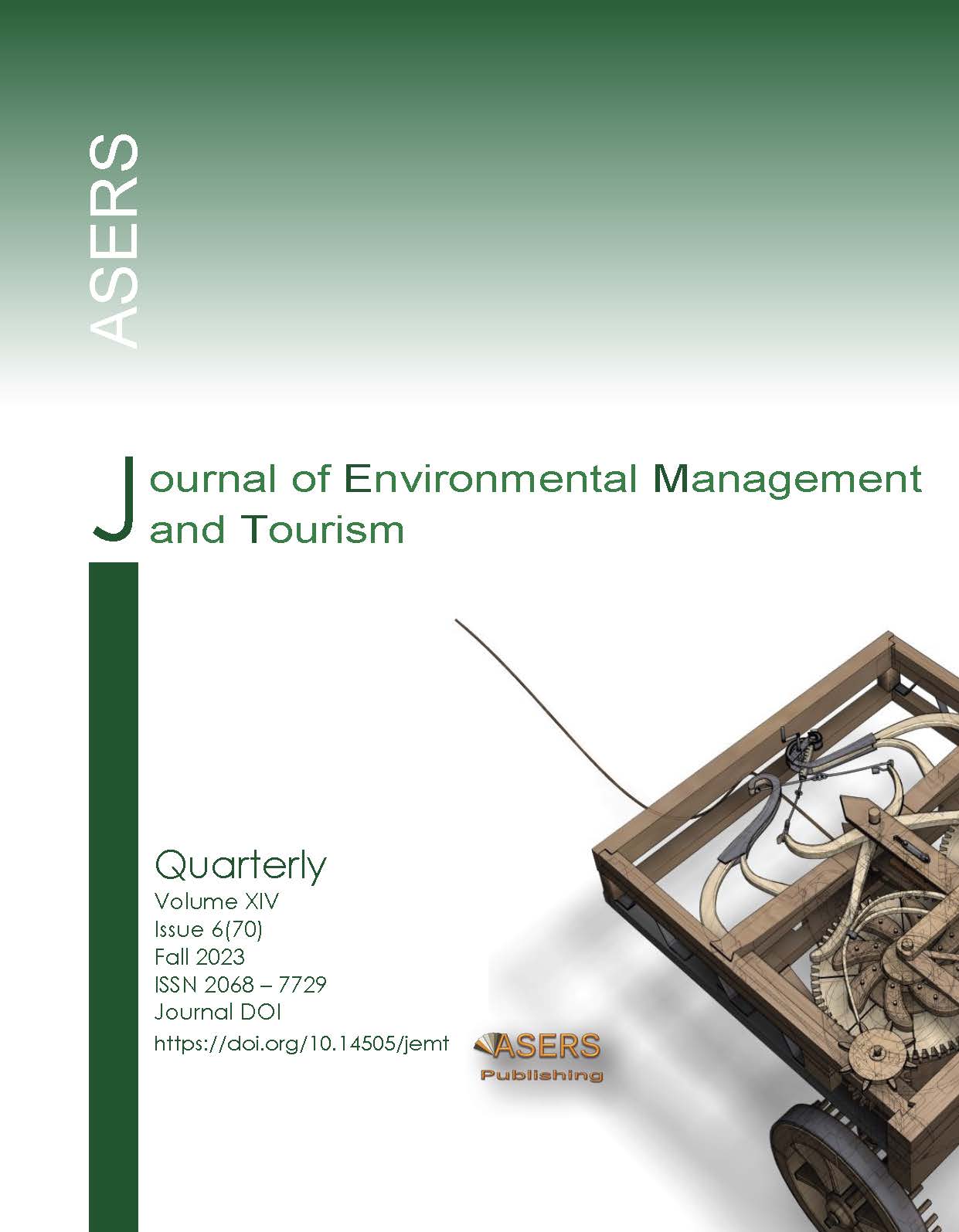Strategic Vectors of Coastal Tourism Development as a Blue Economy Component in the International Dimension
Strategic Vectors of Coastal Tourism Development as a Blue Economy Component in the International Dimension
Author(s): Antonio-Juan BRIONES-PEÑALVER, Liliya PROKOPCHUK, Iuliia SamoilykSubject(s): Economy, National Economy, Tourism
Published by: ASERS Publishing
Keywords: blue economy; costal tourism; indicators of costal tourism development; cluster analysis; Spain;
Summary/Abstract: The blue economy covers various scientific areas and types of socio-economic activity that are related to each other: fisheries, shipping, tourism (beach and cruise), transportation, logistics, alternative energy, ecology, water management, climate change and biosphere conservation. It was found that coastal tourism occupies an important place in the system of the Blue Economy. According to the set of indicators: The Travel and Tourism Competitiveness Index, International tourist arrivals, thousands, Travel and Tourism industry GDP, and Employment in the tourism and travel sphere, a cluster analysis has been created for leading countries. As a result of the analysis, 9 clusters have been formed, for each of which strategic vectors of development were determined. The coastline of all countries in the world is 1162.3 million km. The longest coastline belongs to Canada – 202080 km. Relative indicators per 1 km of coastline as international tourist arrivals, international tourism inbound receipts, Tourism and Travel industry GDP have been considered. It has been substantiated that the Spanish coastal tourism industry deserves special attention. There are 17 coastal areas and more than 2,000 beaches in Spain.
Journal: Journal of Environmental Management and Tourism (JEMT)
- Issue Year: XIV/2023
- Issue No: 6(70)
- Page Range: 2473-2496
- Page Count: 24
- Language: English
- Content File-PDF

